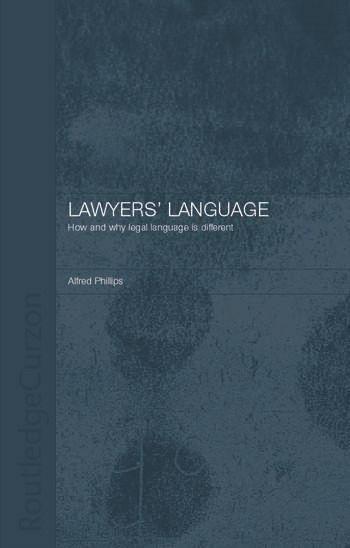
An interesting examination of law as language use or discourse, this study looks at the transformation of ordinary language into a special discourse for the purposes of the legal system. It is widely accepted that legal discourse is obscure, and often the public resent the fact that access to the law of the land' is obstructed by the opaqueness of legal language. This book argues that the development and maintenance of law's special language can be justified. The myth that law can be written in either plain' or ordinary' language is exploded, and the linguistic obscurity of law is traced to its necessary complexity. The notion of representation is applied to the relation that exists between legal language and ordinary language. This book will appeal to all those interested in the working of the legal system in the context of the development of western democratic societies. In particular, the book will provide an essential volume on law and democracy for final year undergraduate students, postgraduates and researchers in the fields of legal studies, sociology of law, social and legal philosophy and jurisprudence.